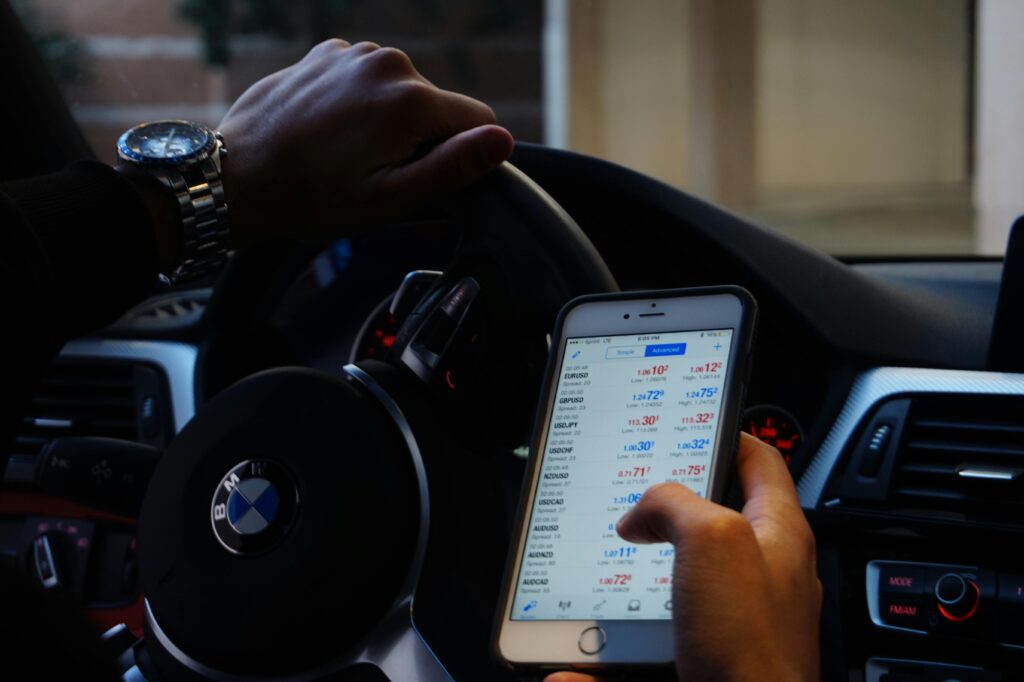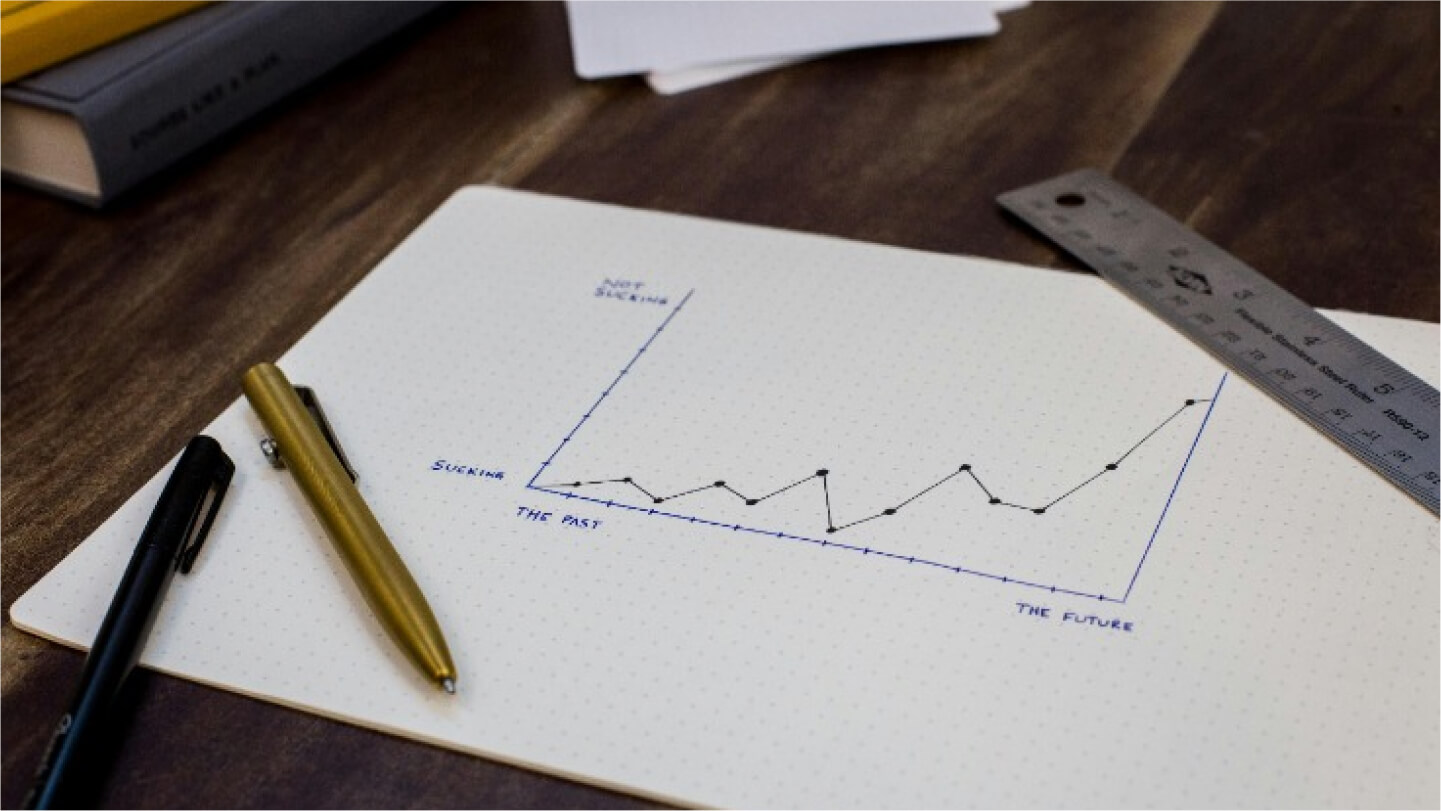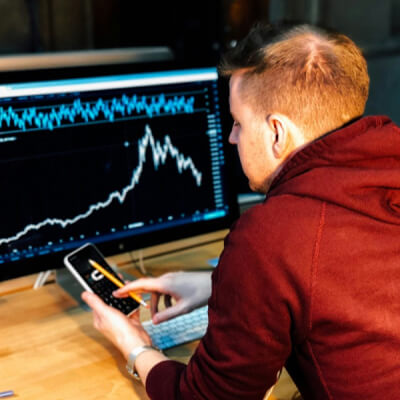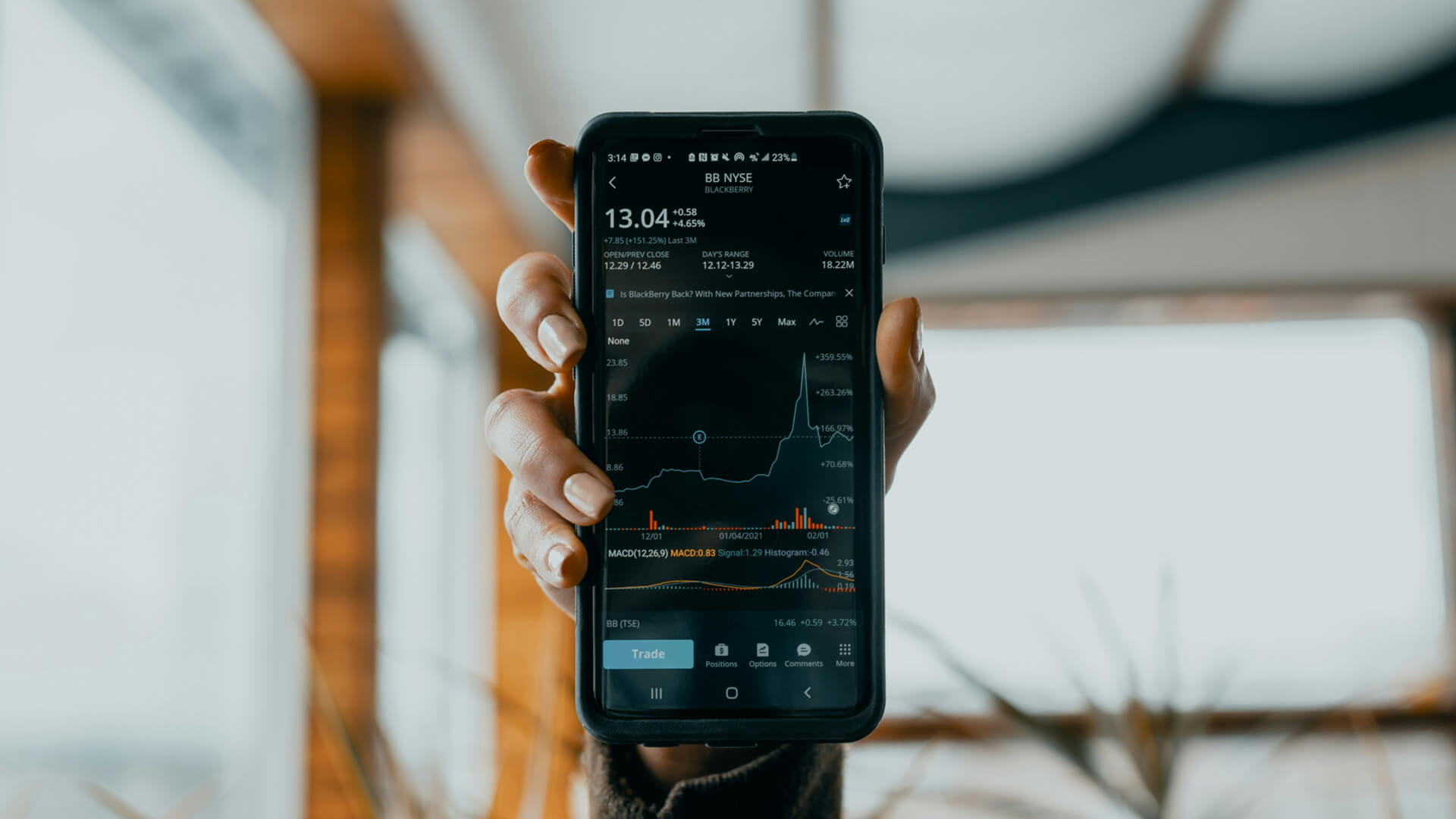Market structure is the foundation of trading whether you are an SMC trader or follow price action. If you understand the structure, you will win half the battle. In this article, we will discuss in detail
What are Swing Highs and Lows?
What is the role of BOS (Break of Structure)?
How do you identify POI (Point of Interest)?
What logic does Smart Money use?
Let’s start in a simple beginner-friendly style. 

1. What are Swing Highs and Swing Lows?
- The price in the market never goes straight up or down – it moves in waves, like the tides of the sea. To understand these waves, we use Swing Highs and Swing Lows.
- Swing High: When the price goes up, then comes down – the highest point from where it started falling is the swing high.
- Swing Low: When the price goes down, then bounces up – the lowest point from where the reversal happened is the swing low
- Q: What is the use of swing highs/lows?
- This tells you the trend of the market – if every new high is followed by a higher low, then it is a bullish trend. If every new low is followed by a lower high, then it is bearish.

2. What is BOS (Break of Structure)?
- Break of Structure means when price breaks an important swing high or low – it means that the market trend is changing.
- Bullish BOS: When price breaks previous swing high.
- Bearish BOS: When price breaks previous swing low.
- Q: Why is BOS important?
- Because it tells whether buyers are strong now or sellers. SMC traders look for entry only after BOS – it means it is safe to take a trade only after trend confirmation.

3. What is POI (Point of Interest) and how to find it?
- POI means the area from where the price started a major move – Smart Money works
Examples of POI- Order blocks
- Fair Value Gaps (FVGs)
- Supply/Demand zones
- Q: How to find POI?
- After the previous BOS, look where the rally/sharp move started
- Look for volume spikes or long candles
- Price has given a breakout after consolidation
- POI is a zone where the smart money comes back and reacts – meaning the price will either reverse from there or breakout.

4. Most Common Questions (FAQs) – From Beginner Traders:
- Q1. How will I know if this is real BOS or fakeout?
- Ans: Real BOS is accompanied by high volume, clean candle closes, and the price sustains after that. In fakeout, the candle comes back inside the zone.
- Q2. How to take entry in POI zone
- Ans: When price reaches POI zone, wait for reversal or confirmation candle on lower timeframe. Like bullish engulfing, break of counter trendline, etc.
- Q3. On how many timeframes should BOS and POI be seen?
- Ans: Identify structure on higher timeframe (1H, 4H, Daily) and take entry on lower timeframe (5m, 15m).
- Q4. What is the difference between SMC and traditional price action?
- Ans: Traditional price action is based on support/resistance. SMC follows more institutional logic – where market makers trade.
- Q5. Does price always come down to POI after BOS?
- Ans: No, not always. But in 70-80% of cases price retraces to POI zone, unless there is any news event or high momentum.

5. Conclusion: Understand the market with Smart Money Logic, not with emotions
- If you want to be successful in genuinely trading, it is important to understand the market structure. Swing Highs/Lows, BOS and POI — these are the three pillars behind every smart trade